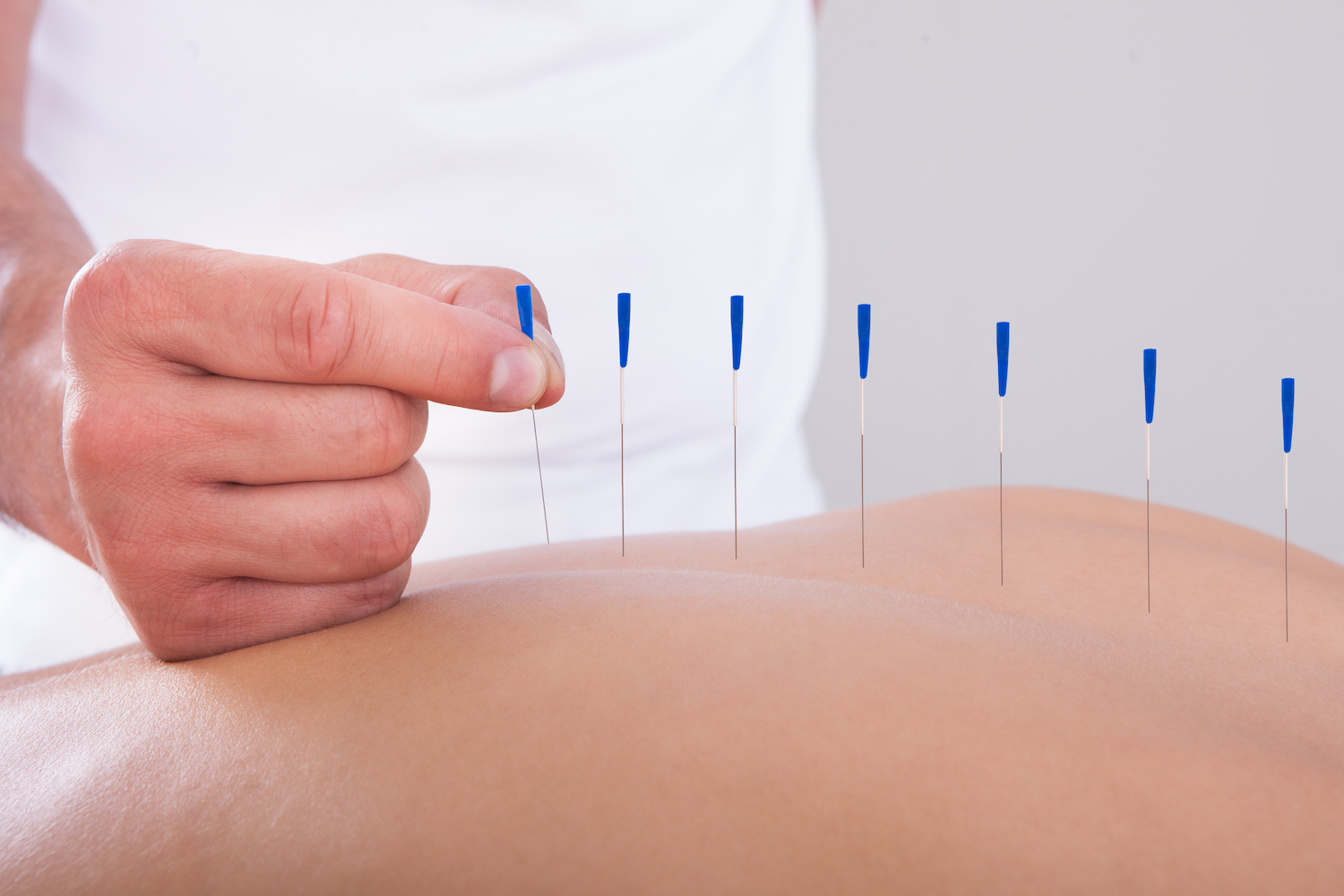
01 Jan Trigger Point Needling: Is It Right For Me?
How can you tell if you have to trigger point pain? It appears in very specific parts of the body, such as space right inside of your shoulder blade. If pushing on that area to relieve the pressure helps take care of the pain for a certain period of time, then you have trigger point pain. Luckily, trigger point needling can help.
What Is Trigger Point Needling?
If you’ve heard of acupuncture or even had an acupuncture session done, then you’re already familiar with the general idea of trigger point needling. However, if you haven’t, then you need to know that this technique uses very thin needles in order to relieve the pain on your trigger points.
The Difference Between Trigger Point Needling & Acupuncture
The main difference between trigger point needling and acupuncture is the overall belief system involved. Acupuncture is based on Eastern medicine and its ideals. The needles are inserted (not deeply – just enough to get to the myofascial layer) and make you feel better. Trigger point needling, on the other hand, uses similar needles, but it’s based on traditional Western medicine. The needles are inserted into the trigger points in the myofascial layer, where they relieve the pain.
How Does Trigger Point Needling Work?
Trigger point needling works in a very specific way. The patient begins either by laying down or sitting on the exam table. The doctor marks the trigger point with manual palpation and then cleans and anesthetizes the skin. The practitioner inserts the needle into the specific trigger points, usually on the back, but in other parts of the body as well, depending on where your pain comes from.
Trigger point injections are administered to trigger points: areas of inflammation, knotted muscle fiber, and muscle spasms in the skeletal muscle. Trigger points are most commonly found on the shoulders and upper back, though lower regions can be affected as well. They can cause tenderness and pain and are related to several other conditions like fibromyalgia.
The physician injects medication into the trigger point and may apply a bandage after. The needle relieves pressure, which is why you’ll feel a tiny pressure release every time that you have this done. However, it also stimulates the damaged tissues in that area, convincing them to begin to repair themselves.
In some cases, if the muscle is damaged underneath the skin in that area, the needle prick will restore blood flow to it and it will start to heal. Also, the toxins managed to build up in the same spot, they will be released.
As a result, you’ll feel much less pain in that specific trigger point, and, although it may take a few sessions, the pain won’t come back since that damage will heal. The doctor may provide heat or ice if the area is still painful afterward.
Thankfully, you don’t need NSAIDS or any similar treatments in order to help the pain. You just have to go to an expert that uses trigger point needling techniques.
Who Will Trigger Point Needling Work For?
The simple answer to this question is that everyone who has some type of chronic or acute pain can benefit from trigger point needling. The technique is designed to help with both types of pain, and as we said, it can be done on most parts of the body. If you suffer from pain and think that treating your trigger points will help, then you have to give trigger point needling a chance. You’d be surprised at how much better you’ll feel.
When to Use Trigger Point Needling
Doctors should administer this injection whenever a patient suffers from trigger points. Patients will feel pain when the affected area feels pressure, but pain could radiate from the site throughout the muscle and cause myofascial pain. Trigger point injections are also commonly used to treat fibromyalgia and other chronic pain conditions.
Signs That Someone Needs Trigger Point Needling
Patients who experience the following symptoms may need a trigger point injection:
- Pain when pressure is applied to trigger point
- Pain radiating from trigger point
- Tenderness in affected areas
- Muscle spasms or twitches
Think You Might Benefit From Trigger Point Needling?
Contact Progressive Rehabilitative Medicine today to learn more about trigger point needling, and whether or not it’s the right treatment for your symptoms.


No Comments